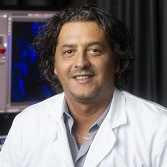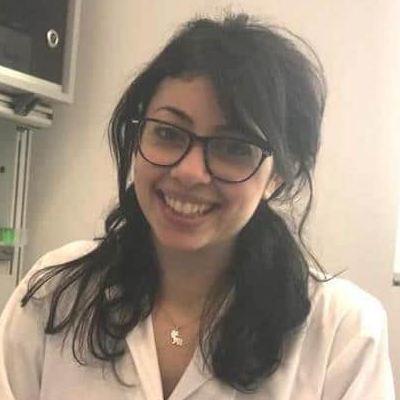Novel Insights into Humoral Innate Resistance against Pathogens: Links with Extracellular Matrix and Haemostasis
A special issue of Pathogens (ISSN 2076-0817). This special issue belongs to the section "Immunological Responses and Immune Defense Mechanisms".
Deadline for manuscript submissions: closed (20 April 2024) | Viewed by 1573
Special Issue Editors
Interests: innate immunity; pattern recognition molecules; tissue repair; tumour microenvironment
Interests: innate immunity; pattern recognition molecules; complement system
Special Issue Information
Dear Colleagues,
The immune system comprises a cellular and a humoral arm. Pattern recognition molecules (PRMs) are fluid-phase molecules of humoral innate immunity, and include pentraxins, collectins and ficolins. Innate immunity is evolutionarily and functionally connected with haemostasis. An inflammation-induced activation of coagulation contributes to antimicrobial defence. Platelet-derived factors and fibrin formation serve as a first line of defence by limiting bacterial growth and dissemination and regulating local inflammation. Pentraxins share dual roles related to antimicrobial defence and extracellular matrix (ECM); therefore, the recognition of ECM and microbial components is a recurrent theme in the humoral arm of the innate immune system. Pentraxin-3 (PTX3) interacts with defence collagens (e.g., collectins) and fibrinogens (e.g., ficolins), molecules containing ancestral domains conserved in innate immunity and haemostasis, and exerts functions related to antimicrobial resistance, thrombosis, and tissue repair. Serum amyloid P component (SAP) acts as an opsonin for bacteria and fungi, and plays an important role in the regulation of ECM remodelling, thus affecting fibrosis. Moreover, elements of the ECM have been shown to have the opsonic activity of certain microbes. On the other hand, molecules related to haemostasis and ECM can aid the infectivity and virulence of pathogens. This Special Issue aims to provide new insights into the functioning of humoral innate immunity, with a focus on the intersection of the molecular mechanisms underlying the interaction between innate immunity, haemostasis, and ECM in infections, thus providing different vistas for further investigation in the field. We solicit submissions in the form of primary research articles, reviews, commentaries, editorials, etc. for consideration of publication in this Special Issue.
Dr. Andrea Doni
Dr. Raffaella Parente
Dr. Ying Jie Ma
Guest Editors
Manuscript Submission Information
Manuscripts should be submitted online at www.mdpi.com by registering and logging in to this website. Once you are registered, click here to go to the submission form. Manuscripts can be submitted until the deadline. All submissions that pass pre-check are peer-reviewed. Accepted papers will be published continuously in the journal (as soon as accepted) and will be listed together on the special issue website. Research articles, review articles as well as short communications are invited. For planned papers, a title and short abstract (about 100 words) can be sent to the Editorial Office for announcement on this website.
Submitted manuscripts should not have been published previously, nor be under consideration for publication elsewhere (except conference proceedings papers). All manuscripts are thoroughly refereed through a single-blind peer-review process. A guide for authors and other relevant information for submission of manuscripts is available on the Instructions for Authors page. Pathogens is an international peer-reviewed open access monthly journal published by MDPI.
Please visit the Instructions for Authors page before submitting a manuscript. The Article Processing Charge (APC) for publication in this open access journal is 2700 CHF (Swiss Francs). Submitted papers should be well formatted and use good English. Authors may use MDPI's English editing service prior to publication or during author revisions.
Keywords
- humoral innate immunity
- pattern recognition molecules
- pentraxins
- complement system
- tumour microenvironment








